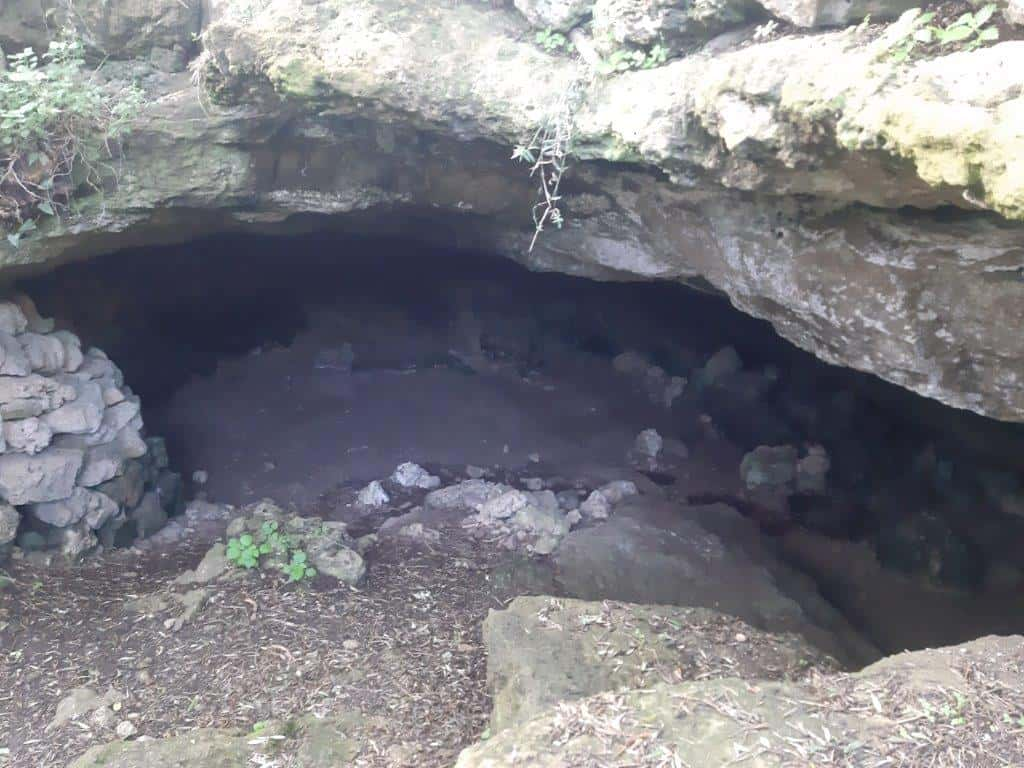Talayotic culture dates back to the third millennium BC. and it can be grouped into 3 periods.

Pretalayotic phase
At this time the first settlers arrive, although their origin is unknown for sure, it is presumed that they came from the Gulf of León.
They were established with the basic principles of subsistence, livestock and agriculture. The lack of use of the resources of the sea as a means of feeding the inhabitants of the island is very strange, since it could have constituted a good source of subsistence.
The manufacture of ceramics and copper tools has been confirmed since the first settlements. In this first period it is detected that the formation of houses is reduced to a few family units scattered throughout the territory. They take advantage of the caves to make burial chambers and some of them are also used as housing.
From 1400 B.C. until 1000 B.C. The appearance of the navetas large constructions that were up to 8 meters wide by 20 meters long, where the communities of the Bronze Age lived together.
Talayotic phase
In this phase, the union of the inhabitants is developed in towns that offer them greater security and facilitate better development in all areas of life.
This is the origin of the Talayotic Culture, as we understand it today, joining forces and techniques for the development of society. From that moment on, hierarchical social structures are created and life is undertaken in what today we could understand as villages. These towns are built around places where they obtain the most important resource of nature, water.
The villages are designed with an urban idea and it is the moment when the talayots appear. The talayots are considered as a watchtower and defense. They are built in the highest area of the town


Like any society and more in antiquity, death is given priority importance and a kind of booth known as a funerary naveta is built for the joint burial.
Before the farewell of the beings to the other life begins, leaving them on the ground, accompanied by food, locks of hair, glasses of drink that accompany them on their way to burial. Returning to the inhabitants of these towns, the distribution of the different spaces stands out in the construction. Around the water well they install the troughs for the cattle, it is an area of common use, they are regularly installed in the first area of the town.
They also build their homes in a kind of current urbanization where the proximity between the neighbors helps them to defend themselves from any dangerous situation.
Post Talayotic Phase
In this phase the religious sanctuaries with the Taulas are built and it ends with the Roman conquest. These are the places recommended by the Consell Insular de Menorca to learn about the prehistory of the island.
